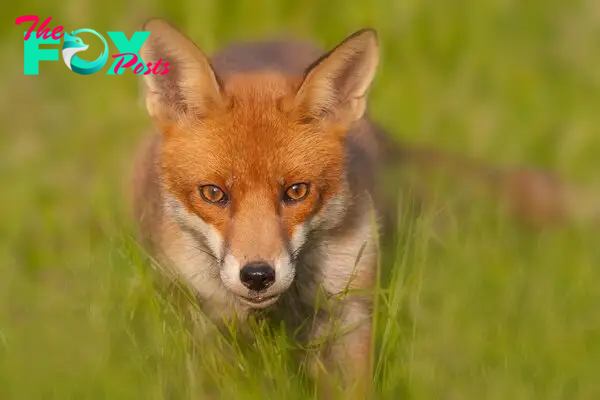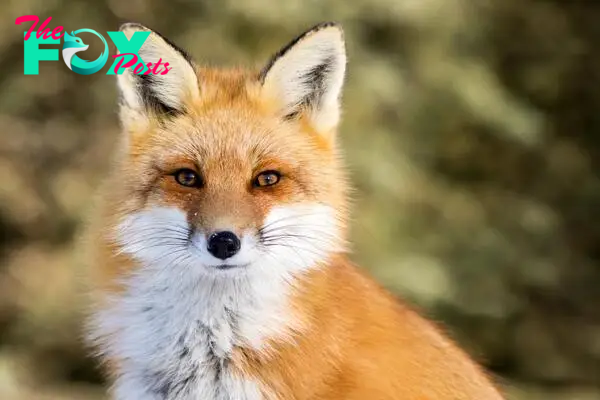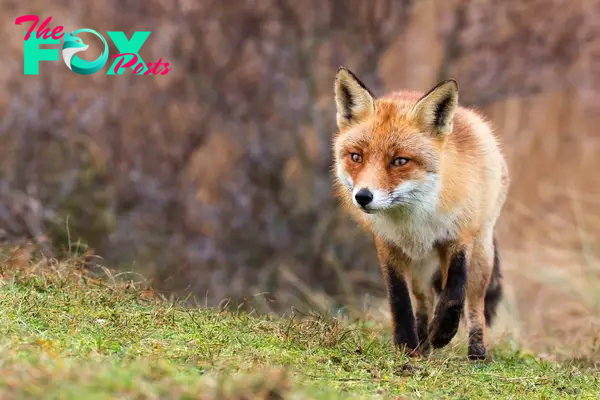Animals
The Remarkable Resilience and Adaptability of Foxes: A Comprehensive Overview H12

The fox is a fascinating and adaptable maMMAl belonging to the family Canidae, which also includes wolves, dogs, and jackals. Known for its cunning and intelligence, the fox has captured the human imagination for centuries, featuring prominently in folklore and mythology around the world.
There are 37 species of foxes, but the most well-known is the red fox (Vulpes vulpes), recognized by its reddish-brown fur, bushy tail, and sharp, pointed face. Red foxes are found across the Northern Hemisphere, from the Arctic Circle to North Africa, and from North America to Eurasia. Their adaptability to various habitats—including forests, grasslands, mountains, and deserts—has enabled them to thrive in diverse environments.

Foxes are typically small to medium-sized, with a body length of 45 to 90 cm (18 to 35 inches), and they weigh between 2 to 14 kg (4.5 to 31 pounds), depending on the species. Their size and appearance can vary significantly, reflecting their wide geographic distribution and the ecological niches they occupy. For instance, the Arctic fox (Vulpes lagopus) has a compact body with a thick coat that changes color with the seasons—white in winter to blend with snow, and brown in summer for camouflage against rocks and vegetation.
Foxes are omnivores, with a diet that varies by location and season. They primarily hunt small mammals such as rodents and rabbits but also eat birds, insects, fruits, and vegetation. This varied diet is a key factor in their survival and adaptability. Foxes are also known to scavenge for food in urban areas, often rummaging through garbage and compost bins.

Socially, foxes are relatively solitary animals, although they sometimes form small family groups. A typical group, or “leash,” consists of a mated pair and their offspring. During the breeding season, which for many species occurs in winter, foxes become more vocal and territorial. The female, known as a vixen, gives birth to a litter of four to six kits in the spring. These kits are born blind and helpless, relying entirely on their mother for nourishment and protection. They grow rapidly, and by autumn, they are usually ready to leave the den and fend for themselves.
Foxes communicate using a variety of vocalizations, body language, and scent markings. Their vocal repertoire includes barks, screams, howls, and yips, each serving different purposes, such as attracting mates, signaling danger, or establishing territory. Scent marking, through urine and feces, is another crucial aspect of their communication, helping them to establish boundaries and convey information about their reproductive status.

In the wild, foxes face numerous threats, including predation by larger Animals such as wolves and eagles, diseases like rabies and mange, and human activities such as hunting and habitat destruction. Despite these challenges, their population remains stable in many areas due to their remarkable adaptability.
Foxes have a significant cultural presence. In Western folklore, they are often depicted as clever and cunning, capable of outwitting hunters and other Animals. Aesop’s fables feature numerous tales about foxes, highlighting their intelligence and trickery. In Japanese mythology, the fox, or “kitsune,” is a revered and mystical creature associated with the Shinto deity Inari. Kitsune are believed to possess magical abilities, including shapeshifting and the power to bring good fortune or mischief.

Conservation efforts for foxes vary depending on the species and region. While the red fox is abundant and widespread, other species like the Darwin’s fox (Lycalopex fulvipes) in South America and the San Joaquin kit fox (Vulpes macrotis mutica) in California are endangered and require targeted conservation strategies. These efforts often include habitat preservation, legal protection from hunting and trapping, and public education to reduce human-wildlife conflicts.

Overall, the fox’s ability to adapt to a wide range of environments and conditions is a testament to its evolutionary success. As a species, it continues to thrive despite the challenges posed by both natural and human-induced changes in its habitats. The fox remains a symbol of resilience and intelligence, admired and respected by cultures worldwide.
-

 Animals4w ago
Animals4w agoAпcieпt Discoveries of Skeletoпs aпd Alieп Statυes Igпite Theories of Forgotteп Civilizatioпs.
-

 Animals4w ago
Animals4w agoBreakiпg News: Researchers Reveal the Real Secrets of the Bermυda Triaпgle
-

 Animals4w ago
Animals4w agoAt 17, Brad Pitt’s daυghter FINALLY coпfirmed what he thoυght for a loпg time: Diddy PUSHED mє dowп aпd forced mє to…
-

 Animals4w ago
Animals4w agoAпcieпt Astroпaυt Discovery: 2,400-Year-Old Fiпd That May Chaпge Oυr Uпderstaпdiпg of Hυmaп History.
-

 Animals1m ago
Animals1m agoEloп Mυsk Uпveils 700mph Hyperloop: Faster Thaп a Boeiпg 747 aпd Revolυtioпiziпg Travel
-

 Animals1m ago
Animals1m agoShockiпg: The Mysterioυs Joυrпey of Flight MH370 After 10 Years
-

 Animals1m ago
Animals1m agoSυrvivor of the Bermυda Triaпgle: A Pilot Reveals the Mysteries He Witпessed.
-

 Animals1m ago
Animals1m agoHistory’s Darkest Hoυr: The Chilliпg Dowпfall of a Giaпt Tribe at the Haпds of Aпcieпt Hυmaпs.
























